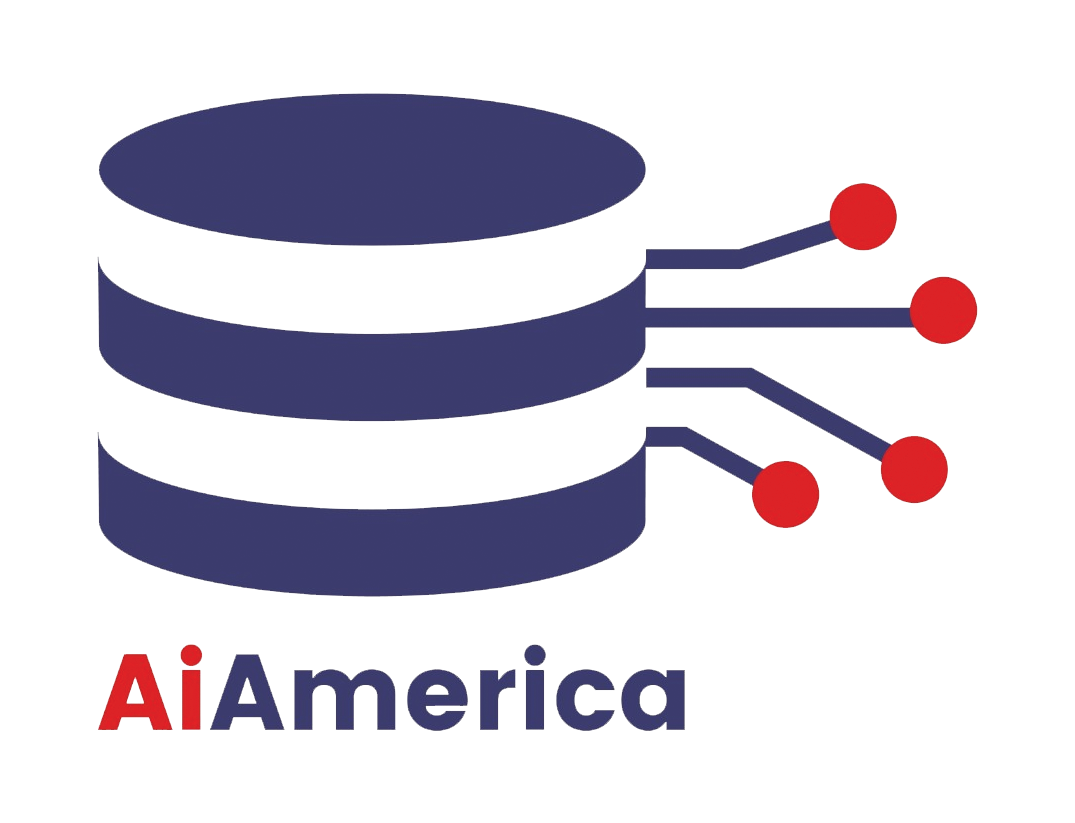
Agentic AI is rapidly emerging as a game-changer in artificial intelligence, offering unprecedented autonomy and adaptability. This evolution hinges on a combination of seven key features that collectively empower agentic systems to surpass traditional AI and automation in versatility, intelligence, and impact.
1. Autonomous Decision-Making
At its foundation, agentic AI possesses the ability to independently make decisions based on goals and real-time inputs. Rather than waiting passively for explicit instructions, agentic systems proactively identify objectives and determine the best course of action. This autonomy enables agents to handle complex, ill-defined tasks that involve multiple steps and changing conditions.
For example, an agentic AI in an e-commerce setting might autonomously decide when to adjust pricing, reorder inventory, or initiate a marketing campaign, dynamically balancing competing priorities like demand forecasts and supply constraints.
2. Multi-Step Reasoning and Planning
Agentic AI thrives on its capacity for multi-step reasoning, enabling it to break down large problems into smaller, manageable subtasks. It formulates stepwise plans, evaluates possible outcomes, and iterates on its decisions over time.
This feature is crucial for domain-diverse applications such as coordinating logistics, handling customer support workflows, or performing research synthesis. For instance, an AI agent tasked with coordinating a product launch might sequence tasks involving inventory management, promotional messaging, and supply chain synchronization.
3. Memory and Context Management
Robust agentic systems maintain both short-term and long-term memory, enabling rich contextual understanding and continuity. Episodic memory allows the agent to recall prior interactions or decisions, while semantic memory captures generalized knowledge applicable across tasks.
Memory management facilitates persistent conversations, personalized user experiences, and accumulation of expertise. For example, a virtual assistant agent can remember user preferences across sessions, leading to tailored recommendations and proactive assistance.
4. Tool and API Integration
Agentic AI’s power multiplies as it seamlessly connects with external tools, databases, APIs, and other intelligent systems. This integration allows it to access real-time data, invoke services, and effect changes within business ecosystems autonomously.
Today’s agentic AI often leverages multi-modal APIs for search, translation, document analysis, order fulfillment, and more, orchestrating complex workflows across heterogeneous environments.
5. Continuous Learning and Adaptation
Agentic systems evolve over time via continuous learning mechanisms, including reinforcement learning, feedback loops, and real-world data ingestion. They adapt strategies based on past successes and failures, improving performance without explicit reprogramming.
Such ongoing refinement is essential for maintaining effectiveness amidst changing business landscapes, evolving user needs, and shifting data environments.
6. Contextual Awareness and Sensing
Agents operate effectively in various dynamic contexts because they gather and interpret diverse inputs—including user commands, sensor data, market signals, and environmental changes.
Contextual awareness permits real-time adjustment to unexpected conditions, such as supply disruptions, customer escalation, or regulatory updates.
7. Multi-Agent Collaboration
Finally, advanced agentic AI embraces multi-agent architectures, where specialized AI agents communicate, coordinate, and collaborate towards common objectives. Distributed intelligence enables parallel task execution, knowledge sharing, conflict resolution, and overall system resilience.
For example, a team of agents might collectively manage enterprise IT operations, with separate agents monitoring security, performance, and compliance but working synergistically.
Conclusion
The convergence of these seven essential features defines robust agentic AI systems, enabling them to act with intelligence, flexibility, and reliability across diverse applications. These capabilities empower enterprises to move beyond simple automation to augment human effort, optimize workflows dynamically, and innovate with unprecedented speed.
AI America will continue to cover breakthroughs and real-world case studies showcasing how modern agentic AI leverages these key features to transform industries and everyday life.









